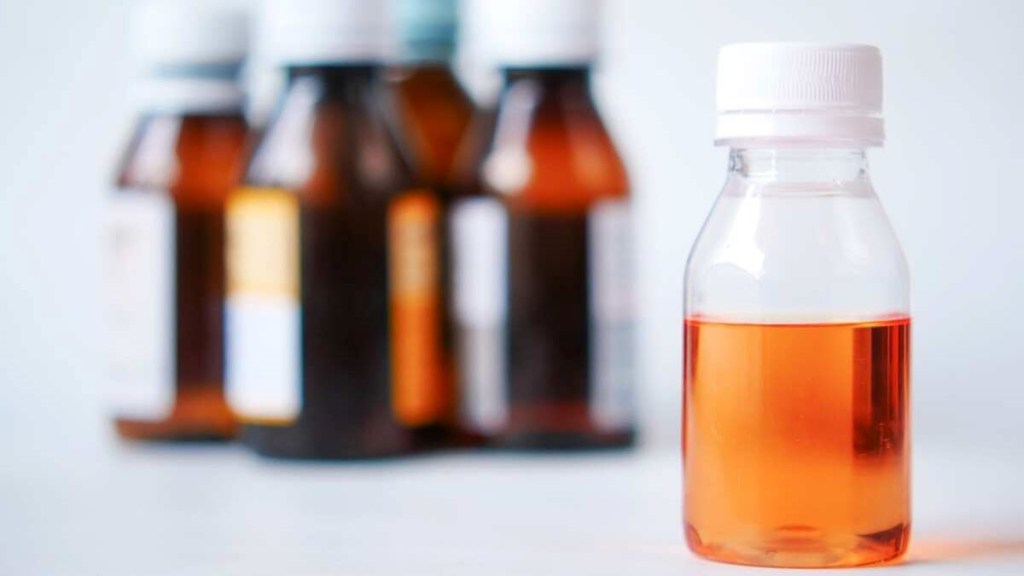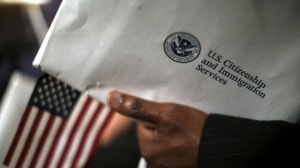In the backdrop of the death of 66 children in Gambia in West Africa and this having possible links to substandard paediatric medicine consumption, the World Health Organization (WHO) issued an alert last week and named an Indian company for not providing guarantees to WHO on safety and quality of the products. While the investigations are apparently on in India and the news is now that the Haryana government has suspended the manufacturing by the company, experts in Indian healthcare however see reasons to worry.
The head of a leading Indian pharma company, who did not wish to be identified, said this surely was way past a wake up call and comes as a painful reminder yet again of something that the industry has been seeking for a long time, which is about the need for a complete drug regulatory revamp and this cannot wait now.”
Long overdue, he said, were aspects around the review of the appointment process of the Drug Controller General of India, having him or her empowered and made ideally independent if not accorded more seniority within the system. Coupled with this doing away with multiple agencies and ministries involved in healthcare and pharmaceuticals adding to the bureaucratic shackles.
In fact, many in the industry have been seeking that India become a member of the ICH or the International Council on Harmonisation, which will ensure that India has regulatory standards that are much more stringent and globally accepted with the clinical trials done by the Indian company getting a larger global acceptance and it is a space where China has already moved ahead. Not only will this help boost efforts at innovation but also raise the regulatory bar. But then, India is still contemplating membership to the ICH. Also, it has been couple of years and the Indian industry is still awaiting the implementation of the recommendations of the committee on regulatory reforms chaired by Rajesh Bhushan, the current health secretary.
Udaya Bhaskar, Director General, The Pharmaceuticals Export Promotion Council of India or Pharmexcil, said, “this development of the alert issued by the WHO against an Indian company in a case where deaths have happened is a very serious matter and is a dent on the image of India as a trusted exporter.” He felt, “even as the company is being investigated, it is important for the Indian drug regulator to act proactively and stop the production or revoke the licence and sent out a clear message to the global markets that Indian regulator will not tolerate even if there is a suspicion on drug quality.”
He also sees this as a time to revamp the Indian drug regulatory system. “An independent drug controller will ensure faster response and more effective functioning,” he said. As for Pharmexcil (The Pharmaceuticals Export Promotion Council), he said, “we have already suspended the membership of Maiden Pharmaceuticals, the company named in the WHO medical product alert but then it is time for the Indian regulatory authority to send out a strong message to global markets and the Indian drug companies,” he said.
According to data from Pharmexcil, Africa is the third largest destination for exports of Indian pharmaceuticals contributing to nearly 16 per cent of total Indian pharma exports. With bulk -about 30 per cent headed for the US and about 18 per cent to Europe.”
“In line with India’s position as a leader in the production of quality pharmaceuticals, the adoption of global best practices in GMP (Good Manufacturing Practices), it’s universal adherence and effective monitoring of the same has once again come to the fore,” felt Utkarsh Palnitkar, lifesciences consultant, who has looked at Indian healthcare and lifesciences space closely over the years.
Accordingly to a leading exporter of medicines to markets in the US and Europe, “there are many Indian companies today that meet some of the most stringent regulatory requirements in the US and Europe, this case only highlights the need to focus on better enforcement of GMP norms for other regions -be it India or in other markets that are crucial for many small and mid-sized Indian companies.”
He also underlines the need for strong messaging from the regulator. “How many times do you hear of punitive actions being taken against an errant drug manufacturer? How often do plants get shut down for this and how many cases do you hear of people being put behind bars for manufacturing spurious products. We hardly hear such cases,” and, this, he said, “needs to change.”
But then, there is hope and it is not as if Indian drug regulators are passive and slow to act. According to Dr Hemant Koshia, commissioner, Food and Drugs Control Administration in Gujarat, “there are clear levels of supervision for products both sold in India and elsewhere. For those sold outside India, the companies need to meet the WHO GMP guidelines and these are certified by the state drug regulator following the recommendation by the centre and state joint inspection and for those sold within India focus is on enforcement of the GMP and for our 175 inspectors make surprise visits at least once every year.”
That apart, he says “we also randomly pick up roughly around 16,000 samples every year of drugs sold in Gujarat, including those manufactured outside the state but sold within Gujarat. In fact, he also recalls a time when a product of the same company now in the news -Maiden Pharmaceuticals— came under the scanner of the state regulator. “We did pick it up and had the drug recalled also and then subsequently informed the concerned state regulatory authority for appropriate follow up action,” he said.







